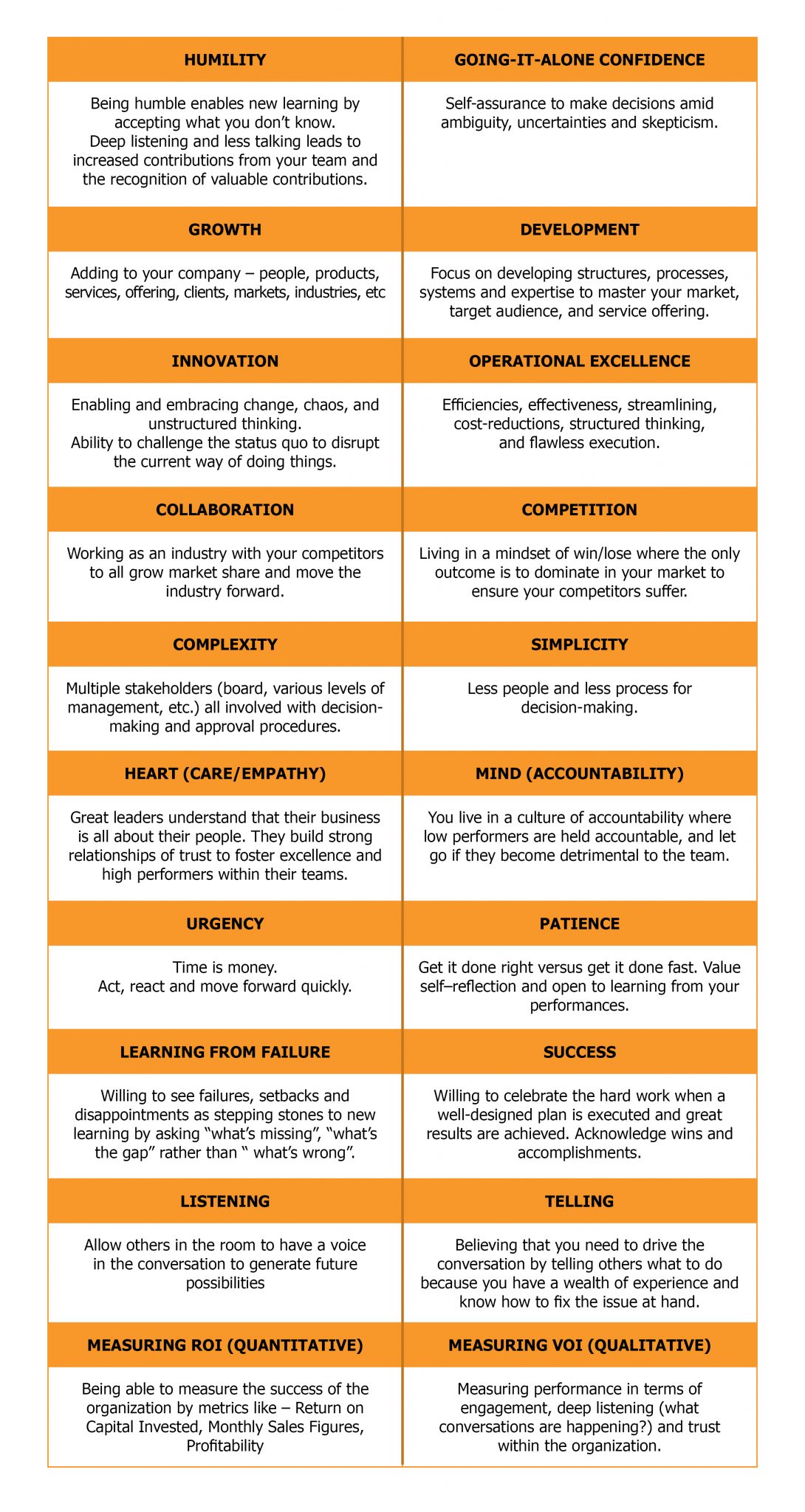Why all C-Suite Leaders Need a “Thinking Week”
I coach C-Suite leaders and the one thing every C-Suite leader talks about is wishing for the gift of time to think and create. Meaning, time away from the day-to-day to clear your mind, remove distractions, and let your mind wander and see what happens. I have heard this referred to as a “thinking week”.
I have been talking and talking about taking a “thinking week” for years, and my own coach spoke about the benefits, and many top industry leaders highly recommend it, but the fear-based same stories kept on creeping up and replaying in my head.
I kept hearing, “you don’t have time”, “the office cannot live without you”, “what if something happens and I am not there”, and “I cannot spend a week away from clients”, and so on.
So, after I let my stories play out in my head, I made the intentional decision to make a different choice this year and face my fears – I said yes!
Before I packed my bags, I took some time to design my week away – what my intention was and what I wanted to reflect on and create. Creating this design was imperative to the depth of thought I wanted to have and the outcomes I wanted to receive.
I created a few questions to ponder:
What is my “Intention” for the Week?
To create a space where I am not distracted by day to day responsibilities to reflect on what myself and my team have created over the past year, and then design and create future possibilities for my business for the next 2 years.
What are my “Conditions of Satisfaction” for the Week?
- Be alone
- Off the Grid as Much as Possible
- Recharge Time in Nature daily
- Time in Reflection and Design daily
What are my “Potential Outcomes” for the Week?
What do I want to create through my week of reflection?
Review my performance as the CEO of Awesome Journey over the past year.
What are some of Awesome Journey’s accomplishments, and how would I rate my level of leadership?
What are my blind spots and how can I embrace them?
What do I not see and how can I embrace uncertainty?
5 Key Insights:
- A quality CEO is not someone who has to have all the right answers all the time to move the team forward. A quality CEO is committed to creating and facilitating the space to ensure that every member of their team has a voice to support achieving our corporate goals.
- I have come to realize that to become a High-Performance Organization there is a third layer of organization development underneath Culture and Strategy; I call it “Workability”.
To me workability means that quality agreements are in place, there are well-defined processes and structures that function properly, and all staff is living within a system of accountability. Accountability goes beyond just keeping a promise; true accountability is about supporting colleagues when they are struggling with keeping their promises.
- Embracing transitions by learning to “Letting Go” to move forward. As I step into the mindset of being a Quality CEO I have come to realize that to grow the business I need to let go of control of every decision. I am learning to trust my team with their abilities and experience to execute decisions well without my input.
- I prefer to avoid conflict, as I hear it as a criticism of myself. By doing this I create blind spots within myself and my business. If I were to embrace conflict and instead see it as an opportunity to learn and grow, then the conflict could serve me rather than trigger me.
- I have a powerful presence that sometimes lands as forceful and aggressive. I am not always present or self-aware of the impact of my presence on others in a conversation. I plan to be more intentional about the impact of my presence and be conscious of the power my words or actions have on a person or group.
My week away also gave me an opportunity to think about how Awesome Journey has grown, developed and changed over the past year.
Through a focus on the business development process, we have achieved consistency in our company revenue giving us the ability to do stronger future planning. Our coaching quality has deepened through our commitment to an internal learning program under team coaching. The program has created an alignment of a team where we have gone from a mindset of “me” to a mindset of “we”.
Overall, my week away was very valuable and will be repeated next year. Taking the time to reflect enabled me to see what I have learned, what has been accomplished, and what is needed to move into the future.
Leadership Challenge:
To anyone who has been saying “I should do that”, or “I wish I could do that”, I challenge you to book the dates and set the location within the next 2 weeks.













